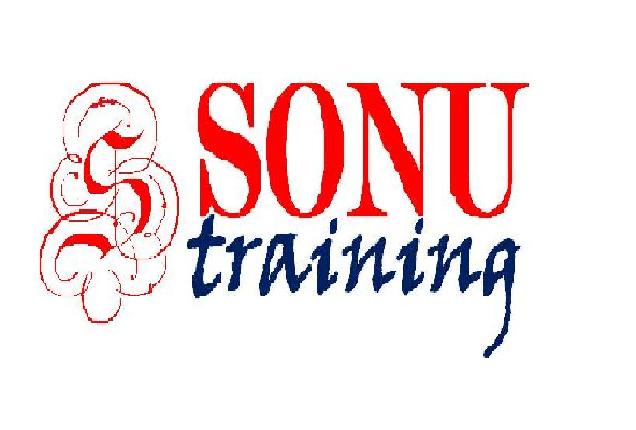
|
| Systems Analyst |
| |
| Software Version |
Latest Version of Software |
| Course Duration |
3 Days |
| Course Type |
Class Room and Instructor-Led On-Line (E-Learning) Hands-On Training |
|
| Course Overview |
In today's rapidly moving business environment, competitive advantage is achieved through the speedy delivery of responsive software that can adapt to evolving technology and changing user expectations. Controlling and managing such software depends on three critical elements: standards, architecture and process. This comprehensive introduction provides you with the knowledge and skills to effectively utilize these elements, delivering robust, future-proof software, particularly within database and Web-enabled environments.
- Analyze user requirements and design robust, change-tolerant software using UML
- Select the right software architecture for your evolving business needs
- Design a robust core of stored information for new or existing legacy requirements
- Control complex behavior for effective decision making and user interaction
- Adopt a development process that ensures robust database and Web-enabled systems
- Achieve optimum quality systems through UML techniques and supporting CASE tools
|
| Intended Audience for this course |
Systems analysts, business analysts and anyone involved in managing, specifying or designing products for business intelligence, database, Web-enabled, knowledge management, or user interaction software. This course is also designed for Office Staff, End Users, Office Secretaries, Analysts, IT management and Staff, Business Analysts, Functional Implementers, Project Managers, Students with MBA and also those who want to become system analysts for any IT project. |
|
| Course Topics |
|
|
| Introduction and Overview |
|
- Drawing diagrams to help us ask the right questions
- Dissecting UML 2 features
- An enterprise architecture: Information, Behavior, Presentation
- Designing new or refining existing Web-enabled systems
- Exploring the Unified Process and the V-Model
|
|
| Creating the Information Structure |
Analyzing information requirements
- Translating the business needs
- Structuring data with simplified UML class diagrams
- Establishing multiple or optional links
- Generalizing and simplifying
- Connecting to legacy data systems
|
|
| Achieving the best practice in data design |
- Reducing redundancy with normalization
- Developing the ontology
- Translating a data model to a relational database
- Managing data in a multitier Web-enabled environment
- Assessing design trade-offs
|
|
| Formulating a physical data model |
|
- Customizing application and user views
- Partitioning data using packages
- Guaranteeing consistency and completeness
- The pros and cons of indexing with B-Trees
- Leveraging SQL Query Optimizers
|
|
| Developing the Behavior Model |
|
Analyzing behavior requirements
- Scoping business behavior with UML use case diagrams
- Realizing a use case with a UML activity diagram
- Checking completeness and consistency
- Trading data complexity for control complexity
|
|
| Determining best practice for application design |
|
- Recognizing UML stereotypes: process, boundary and entity
- Monitoring behavior with UML communication diagrams
- Defining control using UML state charts
- Classifying stereotype responsibilities in SOAs
- Allocating behavior in a Web-enabled environment
|
|
| Forming the application architecture |
- Managing application complexity
- Coupling and cohesion
- Creating congruent designs
- Matching process and data structure
- Measuring cyclomatic complexity
|
|
| Presenting Component Objects to Users |
Object-modeling techniques for analysis
- Assessing the benefits of an OO approach
- Mapping out structure at the user interface with detailed UML class diagrams
- Achieving consistency between UML class and communication diagrams
- Benefiting from inheritance as a consequence of generalization
- Delegation arising from aggregation
|
|
| Benefiting from best practice in component design |
|
- Extending use case diagrams for user-interface design
- Generalizing actors and use cases
- Detailing mandatory reusable functionality with <<include>>
- Describing optional functionality using <<extend>>
- Improving the design of user interfaces: prototyping and polymorphism
|
|
| Finalizing the detailed use case |
|
- Reusing knowledge with design patterns
- Model Driven Architectures
- Knowledge management
|
|
| Achieving Optimum-Quality Results |
|
Profiling the organization
- Choosing appropriate personnel
- Matching the development approach to the organizational culture
- Nurturing the analyst's skill set
- Positioning UML within the overall software development process
|
|
| Selecting the right software |
- Database solutions: Sybase, SQL Server, Oracle, MySQL
- Exchanging data with XML
- Benefiting from Web technologies
|
|

|

